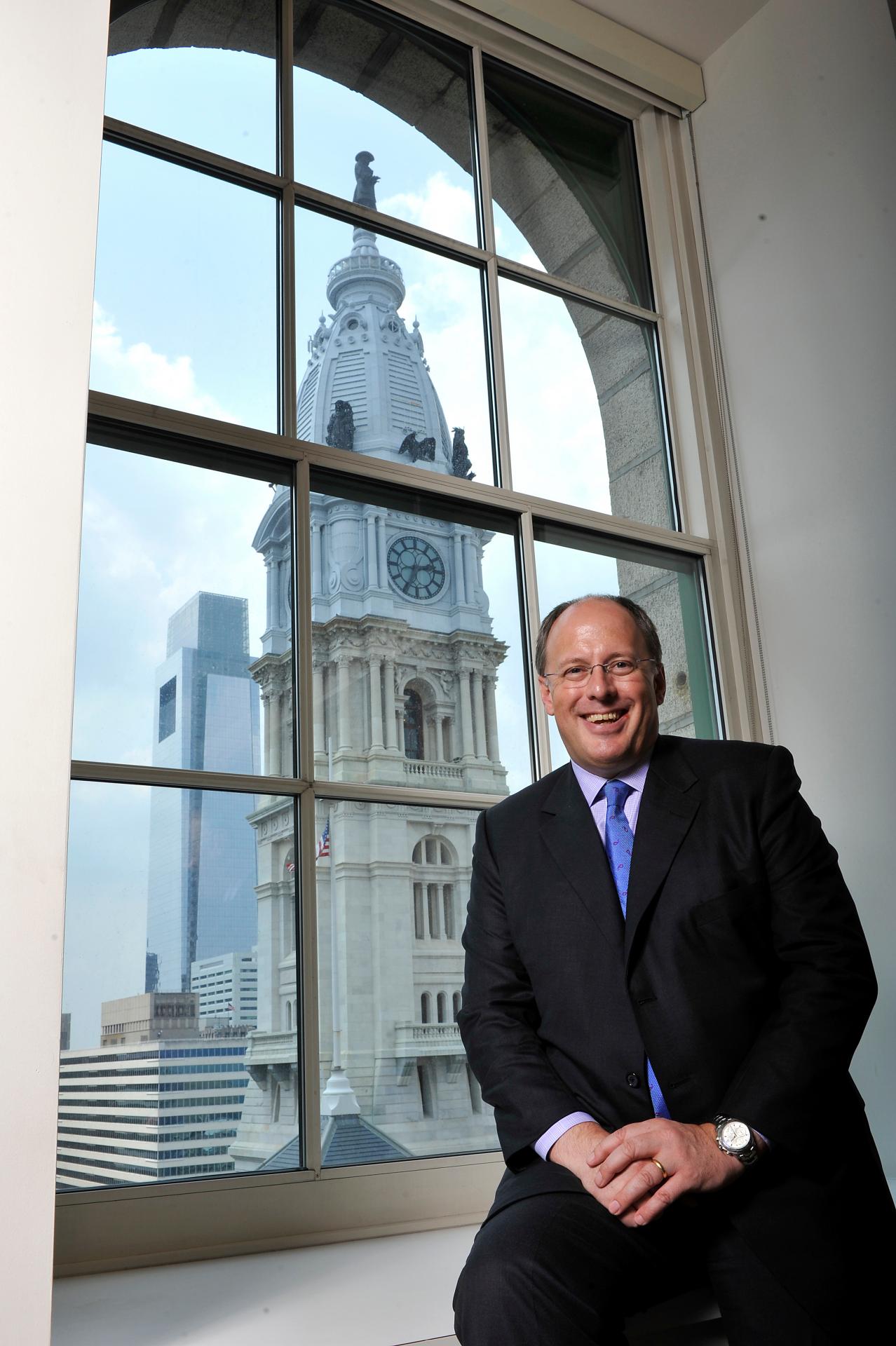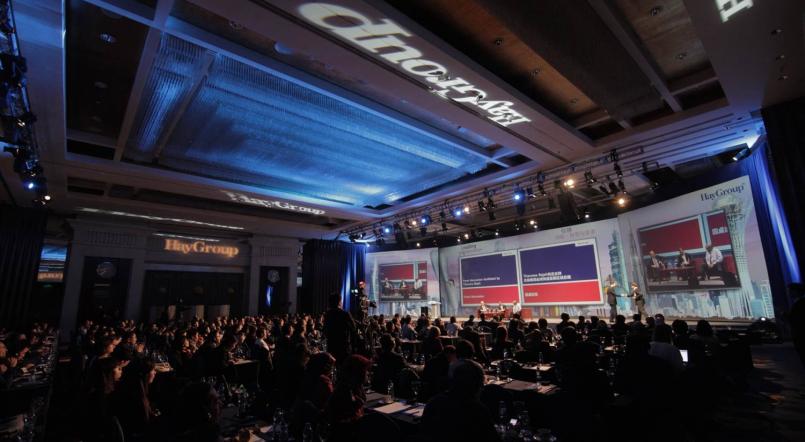Change before you need to
According to Kaye, the first step entails seeing the need for change early. Many companies recognize the need to change only when financial results look poor. Kaye points out that “by then, it may be too late as deterioration has already set in.”
In contrast, Kaye argues that the best companies drive transformation – even at the heights of their success. As an example, he pointed how Netflix bravely changed their business model after overtaking Blockbuster, who was their main competitor in the space of DVD rentals at that time. Rather than rest on their laurels, they anticipated change and helped pioneer the internet video streaming industry.
This lesson was well understood by the speakers at the conference. Zhou Yun Jie of Haier talked about how his company – which had become the world’s largest white goods manufacturer two years ago – constantly sought to transform itself. An example of change pioneered by Haier includes giving client-facing employees a voice in the product design process as well as allowing teams to vote out ineffective leaders.

Know your purpose
In a complex and fast changing world, Kaye pointed out the importance of an organisation having clarity of purpose, and not confusing its purpose with how work currently gets done. Kaye elaborated on his example of Netflix: “They realized that their purpose was not “shipping DVDs”, but “meeting the entertainment needs of their customers.” As the needs of their customers evolved, Netflix was not afraid to change, and has now become a key player in the digital entertainment space.
Similarly, Kaye points out that the purpose of Hay Group will remain constant – to help its clients improve their performance as well as to help them sustain that improvement over time. Knowing this allows Hay Group to transform the way by which it fulfills its purpose. For example, Kaye is keen for Hay Group to better leverage technology to increase efficiencies, while retaining their core emphasis on research and intellectual property development. “We don’t think of technology in a vacuum. Technology is only valuable when you incorporate your intellectual property,” Kaye clarifies.
“They realized that their purpose was not “shipping DVDs”, but “meeting the entertainment needs of their customers.”
What leaders need
We asked Kaye about the qualities leaders need to drive transformation. He mentioned three attributes. First, leaders must be open-minded. Kaye clarified that “it’s not about being soft or needing consensus. Rather it’s about having the courage to revisit earlier decisions, and recognize that successful strategies of the past may not be what’s needed moving forward.”
Being open-minded is also important in an increasing diverse and multi-cultural world. While many are aware of East-West differences, Kaye points out that differences exists even within the West. As an Englishman working in an American company, he has learnt that his understated style of communication style does not always work in the US. He smiled, “When an Englishman says he is ‘disappointed’ – you should take note!” If miscommunication can occur between people that speak the same language, Kaye asked, “what more for people who don’t speak a common language?”
Second, leaders should have the capacity for deep empathy. Kaye points out that change is often difficult, and that some degree of resistance from employees is understandable. Being trained as an engineer and having spent a large part of his career in the finance function, Kaye expressed gratitude in working for a people-centric company such as Hay Group. “You must be able to appeal to both the logical as well as emotional aspects of people.”
Lastly, Kaye argued leaders must be able to initiate and drive action. He believes empathy and action are not mutually exclusive. “If leaders hesitate to act, their teams may think ‘this too shall pass’”, he cautioned. In a fast changing business world, such passive resistance can be very damaging.
How can leaders develop attributes like open-mindedness, empathy and the will to act? Kaye believes we can lead a lot from crisis. He shared the story of how Andy Grove – the legendary former CEO of Intel – reacted to a business crisis. In 1985, Intel’s core business of memory chips was declining rapidly. Grove symbolically fired and then rehired himself and his top team. Grove was able to look at Intel’s strategy with fresh eyes, and not be trapped by the decisions of the past. He made the decision to focus on producing micro-processors instead of memory chips, which helped turn Intel into a technology powerhouse. Experiencing failure and crisis can also help build empathy – leaders who have struggled are better positioned to empathize with others. Failure can also compel action – as no one wants to experience the pain of a crisis again.
While China’s future remains bright, Kaye raised an interesting question “There are a lot of talented young business leaders in China – but part of the problem is that many have not been tested during tough economic conditions.” While some worry about the risk of a slowdown in China’s growth, tougher economic times could prove instrumental in shaping the next generation of Chinese business leaders.


